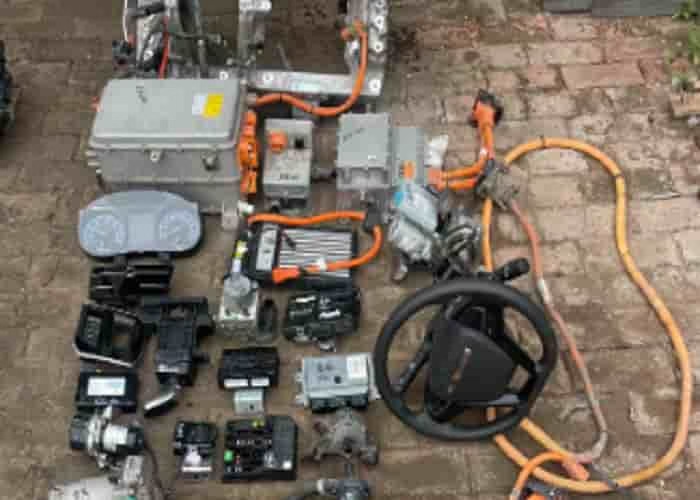Are new energy vehicles powerful? When fuel vehicles still rely on the thermal efficiency curve of internal combustion engines, new energy vehicles have already redefined the boundaries of “powerful power” with the symphony of motors and batteries. This driving force that breaks through the traditional laws of physics is subverting our understanding of vehicle performance.
Straight-line acceleration: the “dimensionality reduction strike” of electric motors
Traditional fuel vehicles require a precise gearbox to match the torque output in different speed ranges, while permanent magnet synchronous motors can burst out peak torque from 0 speed. Taking BYD Han EV as an example, its front-drive motor can output 380 Nm of torque in an instant, which is equivalent to the explosive power of a 3.0T turbocharged engine, but there is no need to wait for turbo lag. This feature allows electric vehicles to always be ahead of the crowd when starting at traffic lights, and the actual 0-100km/h acceleration generally enters the 3-second club.
Continuous output: the “energy torrent” of the battery system
Through structural innovation, CATL Kirin Battery has increased the integration of battery cells by 20%. With the 800V high-voltage platform, charging for 10 minutes can increase the range by 400 kilometers. This energy replenishment efficiency far exceeds the traditional refueling speed. More importantly, the battery pack can continuously output a stable current. In the continuous ejection test, the power attenuation of the Tesla Model S was less than 5%, while the fuel vehicle would have obvious power attenuation after multiple full throttles.
Energy efficiency conversion: the “digital art” of energy management
The motor controller uses a model predictive control algorithm, which can predict driving intentions 0.5 seconds in advance and dynamically adjust energy distribution. Under urban conditions, the kinetic energy recovery system can increase the braking energy recovery efficiency to 25%, and this electric energy is then used for acceleration, forming a “Mobius loop” of energy utilization. Actual measured data shows that the energy utilization rate of electric vehicles under comprehensive conditions can reach 60%, which is much higher than the 30% thermal efficiency of fuel vehicles.
Driving texture: “quantum leap” of mechanical characteristics
Without the vibration and noise of the internal combustion engine, the acceleration of electric vehicles is as linear as silky satin. The single-pedal mode accurately controls the vehicle speed through strong and weak electrical signals, and with the millisecond response of the wire-controlled chassis, the vehicle becomes an “electronic organ” that extends the body’s perception. The Porsche Taycan’s 800V architecture has achieved a terrifying performance of 26 consecutive ejections, demonstrating the reliability of the electric drive system beyond the mechanical limit.
Performance evolution: the “exponential curve” of technological iteration
SiC power modules are replacing traditional IGBTs, making the motor controller efficiency exceed 9
















Leave a Reply